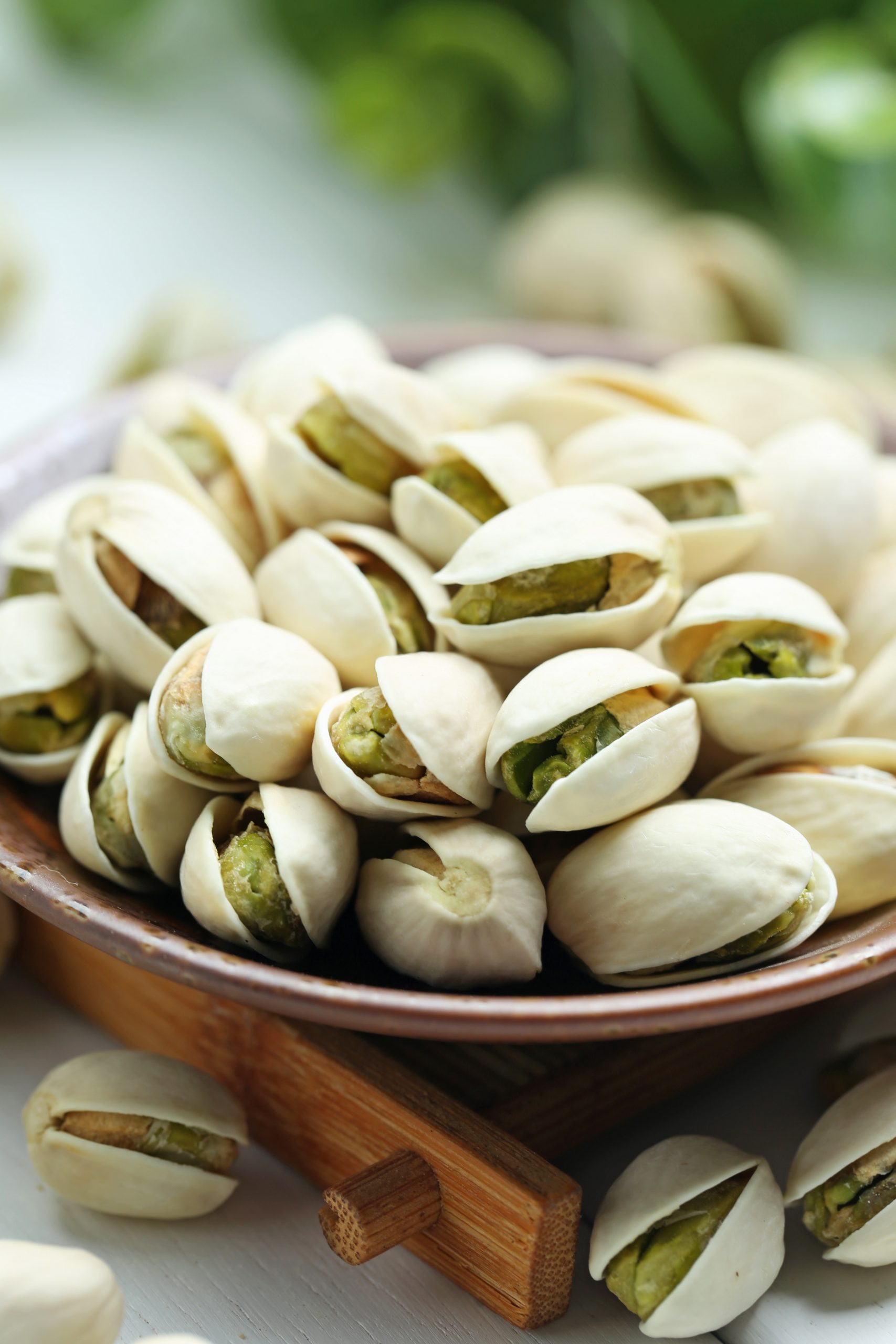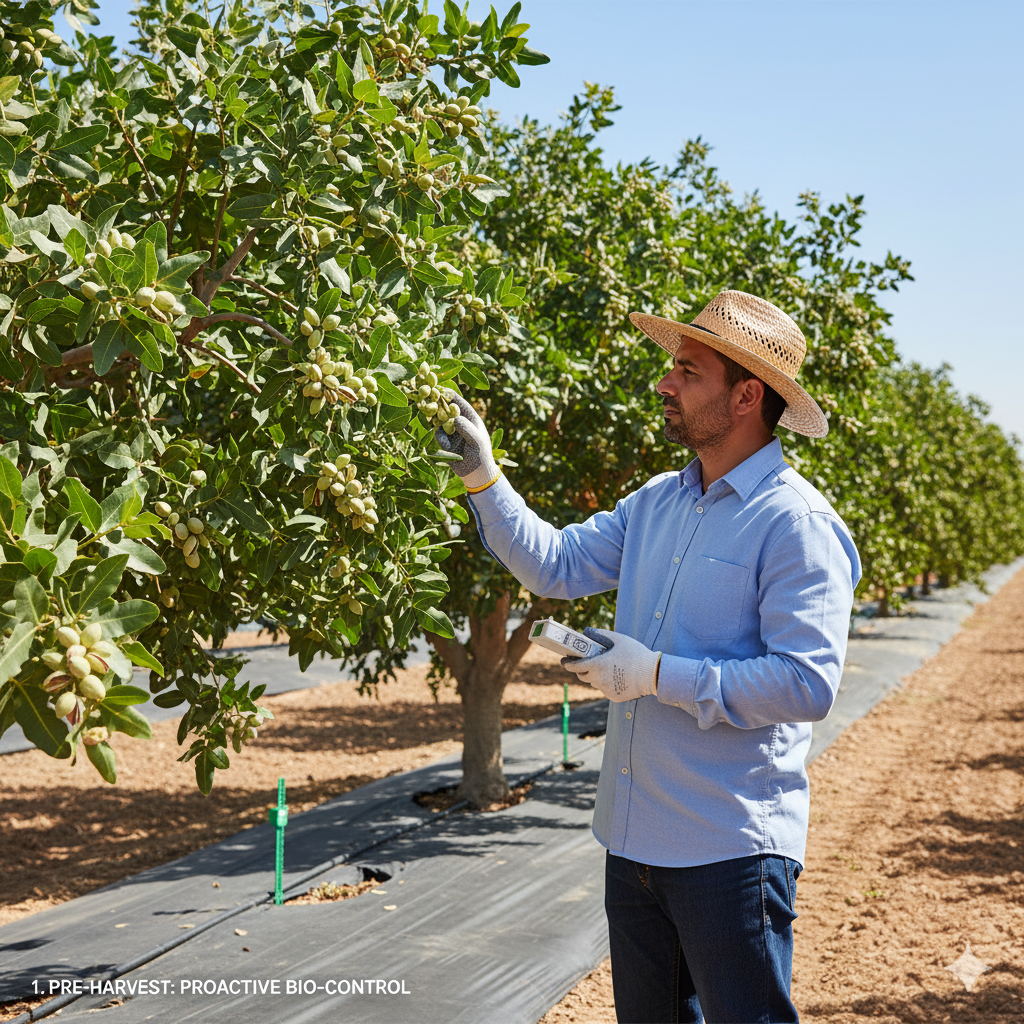
1. Introduction: The Crisis of Trust in the Pistachio Supply Chain
Pistachios, a globally traded and high-value commodity, face significant challenges in their conventional supply chain. Issues such as the difficulty in rapidly identifying the source of contamination (e.g., Aflatoxins), non-standardized handling, and prevalent opportunities for fraud and adulteration erode consumer and international buyer confidence. Academic studies highlight the inadequacy of traditional paper-based or centralized systems in guaranteeing the safety and integrity of food products. Pistachio Traceability with Blockchain offers a robust, cryptographic solution to these systemic vulnerabilities.
2. Blockchain’s Core Value Proposition for Agri-Food
Blockchain is more than just cryptocurrency; it is a Decentralized Ledger Technology (DLT) composed of cryptographic, unchangeable records (blocks). Its fundamental characteristics—Immutability, Decentralization, and Transparency—make it perfectly suited for food traceability. It creates a shared, single source of truth that cannot be tampered with by any single entity. This section will briefly explain how data is logged and validated in a distributed network.
3. The End-to-End Traceability Process: From Orchard to Exporter
Implementing Pistachio Traceability with Blockchain requires meticulous data capture at every critical control point. This integration ensures granular visibility across the entire journey:
- Farm-Level Data Logging: Using Internet of Things (IoT) sensors, crucial data such as GPS location of the orchard, time/date of harvest, type of fertilizer, and pesticide application details are automatically collected and recorded as the first block. (Scientific reference to the integration of IoT/Blockchain hybrid models for real-time, trustless data entry).
- Processing and Storage: Details regarding hulling, drying, sorting, and critical quality control test results (especially Aflatoxin testing) are registered. These records must be digitally signed or verified by accredited laboratories before being added to the chain.
- Logistics and Export: The system registers environmental conditions during transit, such as temperature, humidity, and location updates. If the product violates any predefined handling standards, the violation is permanently recorded, upholding the principle of Pistachio Authenticity Verification.
4. Securing Product Authenticity and Combating Fraud
The non-tamperable nature of the blockchain is the primary defense against fraud. Once an asset’s history is logged, it cannot be altered. Buyers can scan a simple QR code to access the complete, verified provenance history, ensuring they receive exactly what they paid for. This capability significantly deters the substitution of high-grade pistachios with lower-quality products, directly contributing to Combating Pistachio Fraud and boosting the brand credibility of exporting nations.
5. The Power of Smart Contracts in Pistachio Trade
Smart Contracts are self-executing contracts with the terms of the agreement directly written into code on the blockchain. For pistachios, these can be used to:
- Automatically release payment to the farmer upon the authorized lab’s confirmation of Aflatoxin-free results.
- Automate the customs release process once import duties are cryptographically confirmed.
This automation streamlines cross-border trade, reduces the reliance on intermediaries, and provides faster, more secure settlements.
6. Conclusion: A New Standard for Global Pistachio Trade
Pistachio Traceability with Blockchain is not just a technological upgrade; it is a strategic imperative. By implementing this system, the industry can achieve unprecedented Agri-food Supply Chain Transparency, reinforce Food Safety Blockchain Solutions, and establish a new gold standard based on verified, digital trust, securing market share in quality-sensitive international markets.
To order or get advice on pistachio and dried fruit varieties, contact our team via our official WhatsApp. Our support team is ready to answer your questions and can help you choose the right pistachio and dried fruit. WhatsApp number 009890214773705






